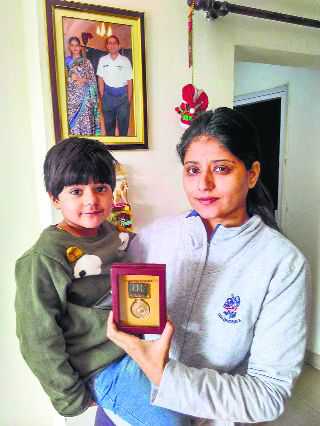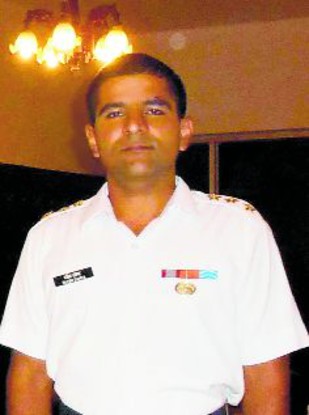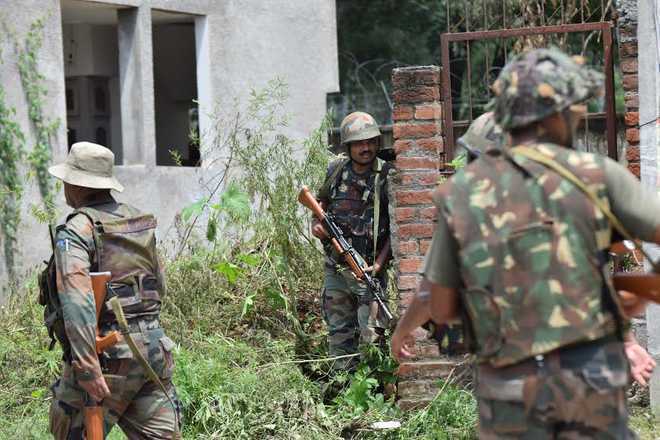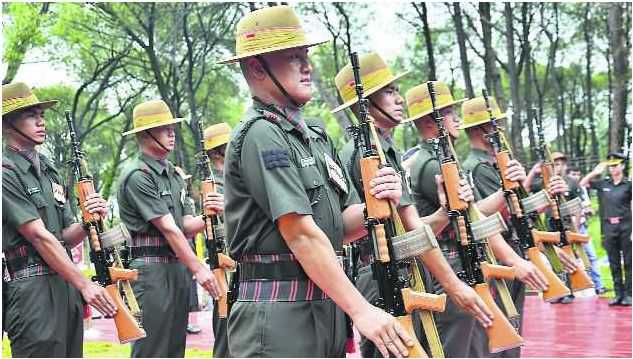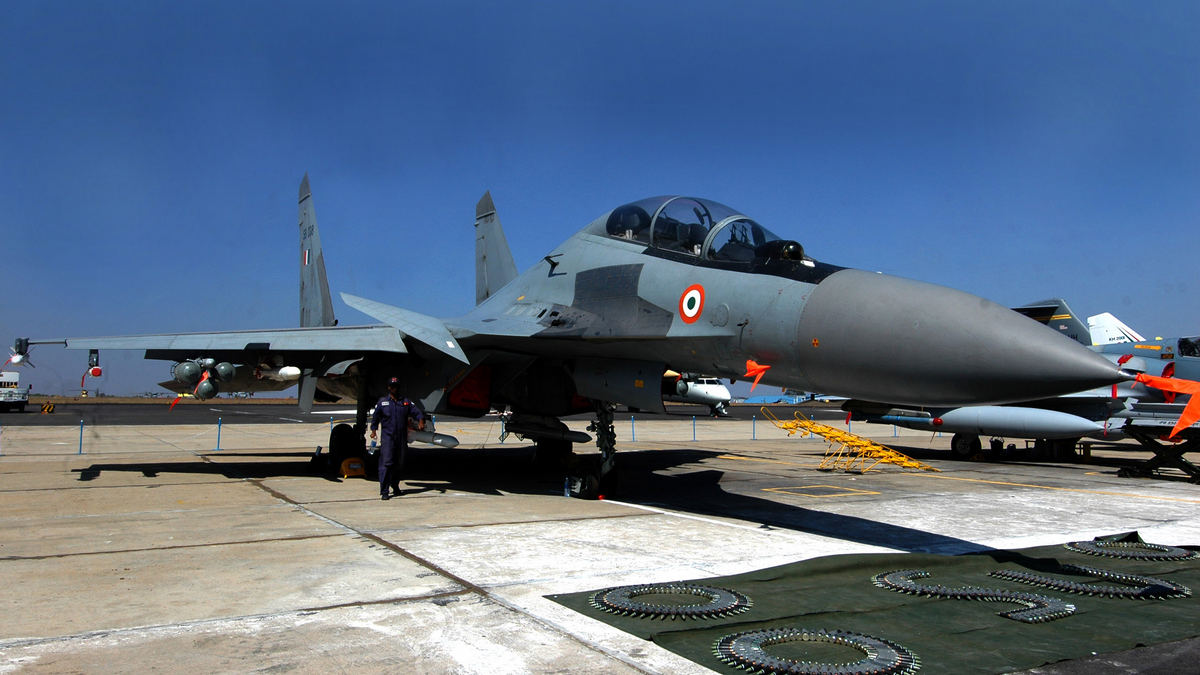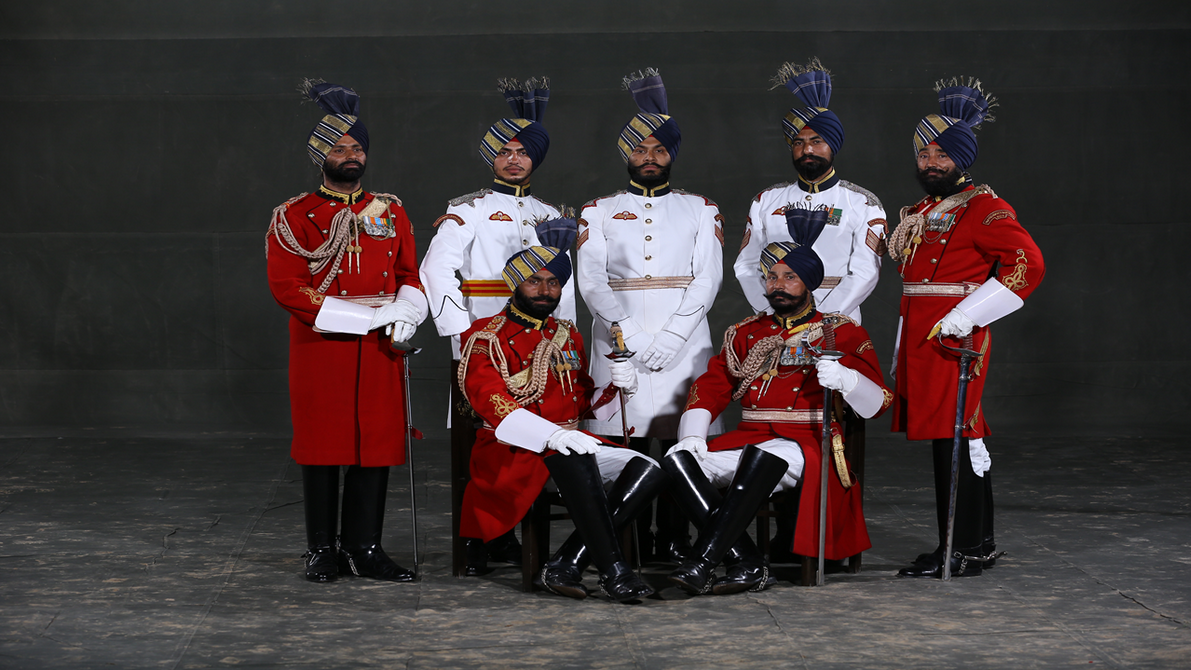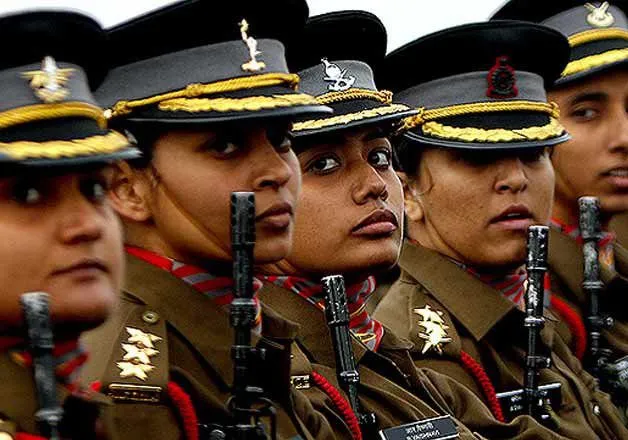
A senior woman army official has filed a petition in the Supreme Court against the Indian Army, accusing it of harassing her by temporarily posting her to a place around 1600 km away from her home despite her concerns of having a young child and the place being devoid of childcare facilities.
Lieutenant Colonel Annu Dogra (39), who is serving as an officer in the Judge Advocate General (JAG) department of the Indian Army in Jodhpur, registered her plea recently.
On 16 November, 2018, the DyJAG HQ Southern Commander, Brigadier Sandeep Kumar ordered Lt. Col. Dogra to move from Jodhpur to Kamptee, in Nagpur district for the Court Marshal duty on November 19, three days after Dogra received the order. It was only Dogra’s request that the time period was increased to 10 days, knowing that she would have to move along with her two years and five months old child.
Dogra’s husband, also an army officer in the rank of deputy JAG in Jodhpur, had to take leaves from his duty to support her and to babysit the child while she performed her professional duties. In her plea, which she filed through her counsel Aishwarya Bhati, Dogra wrote, her duties as a judge advocate takes up at least six hours until adjournment, then she has to get the typing done and frame the questions which take up another four to five hours after which she has to tend to her child.
He further notes that every time the court martial proceedings happens, she will have to move and this denies her the fundamental rights of “tending to her child by being sent to different locations from Jodhpur, which do not even provide the basic facility of crèche”.
The recent travels that Dogra has had to carry on in the case have led her to neglect her child because of the absence of family and community-based childcare arrangements at the current place of duty in Nagpur, she added.
ALSO READ: Misogyny Keeping Women Away From Combat Roles In Indian Army
Dogra refers to the National Policy for Children issued by the ministry of women and child development in 2013 and said in the petition that the Indian Army’s decision to move her with a child to a location that doesn’t have proper childcare facilities are in violation to the policy.
“The policy advocates to provide and promote crèche and day care facilities for children of working mothers, mothers belonging to poor families, ailing mothers and single parents. It also promotes appropriate baby feeding facilities in public places and at workplaces for working mother in public, private and unorganized sector,” the petition said.
Dogra’s contention is that she is not shirking her duties but is only asking for the rights of her child, who should not suffer just because her mother is in the Armed Forces
According to Dogra, the policy should be implemented throughout the country. Her contention is that she is not shirking her duties but is only asking for the rights of her child, who should not suffer just because her mother is in the Armed Forces.
Talking about Dogra’s plight, her counsel Bhati told SheThePeople.TV, “The manner in which she has been dealt with in terms of preponing the dates and not leaving any way out for her to travel to the place of court martial is inhuman. This is not war time where we can disregard all these things, here is an officer who has followed her duties and has an impeccable service record for last 15 years. But the point is that she is a mother of a very young child who is wholly dependent on her.”
“And it is not her inconvenience that counts but the child’s, who has been admitted to the hospital in Udaipur after they tried to travel by road because the flights very expensive.”
After Dogra filed the petition, she was asked to move again at 11.30 in the night on her own with her child to Kamptee for which she had to wait till 4.20 am at Jodhpur Railway Station.
“Being a mother is not a weakness for women, and children are the future of the country. We need to look at the provisions that developed countries have for working mothers who have young children. Those benefits help women take care for their children better. It is wrong to say that women are seeking relaxation or excuses from doing their duty but it is for the future generation who need better care,” Bhati said.
“We did not have crèches in Supreme Court till five years back. Earlier, people thought that it was not needed but what was happening was that young women lawyers were leaving their children behind to come to work. And with crèches at workplace, you are only empowering the mother to perform better. This is a basic necessity that the government itself recognizes in its policies, so they have to now provide it in its various segments to induct more women there.”
While the army inducts women in the forces, the policies and the rules remain highly masculine and fail to see working women’s duties with compassion. There needs to be better facilities and infrastructure in the army for it to become an enabling working space for both men and women.














